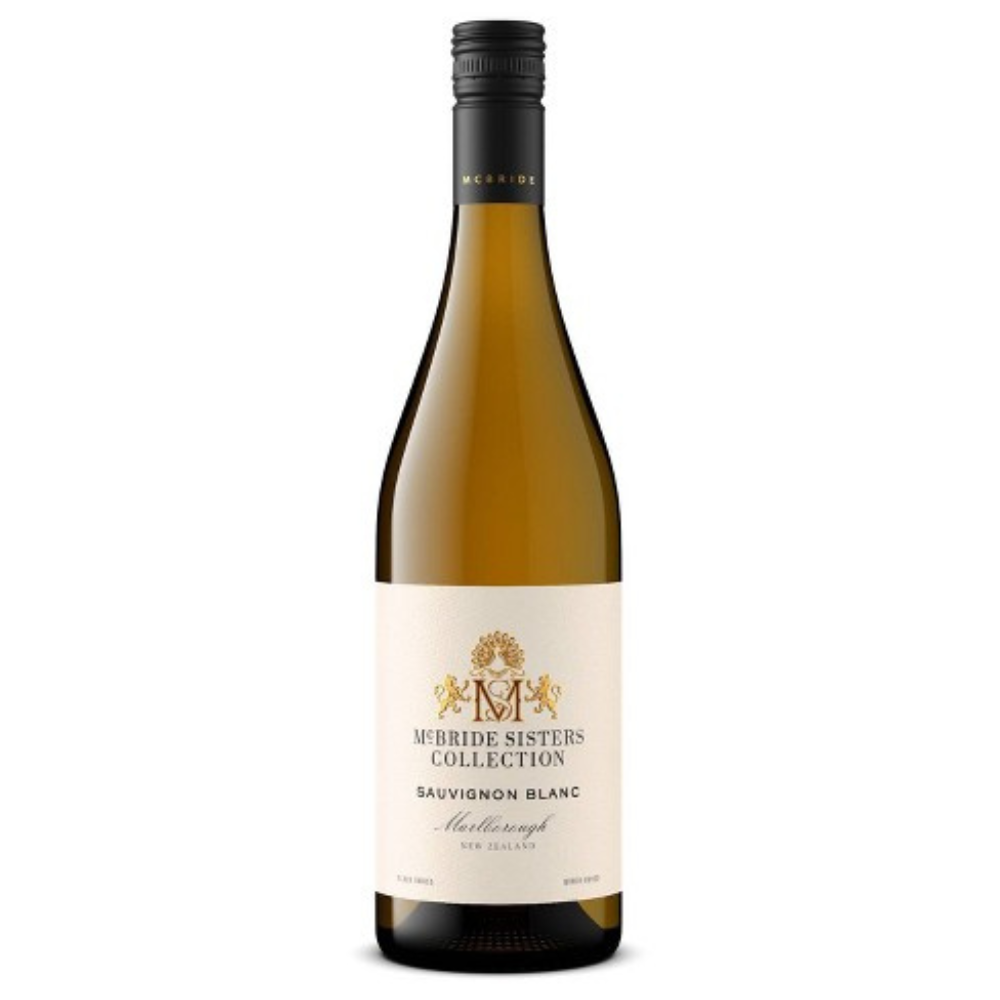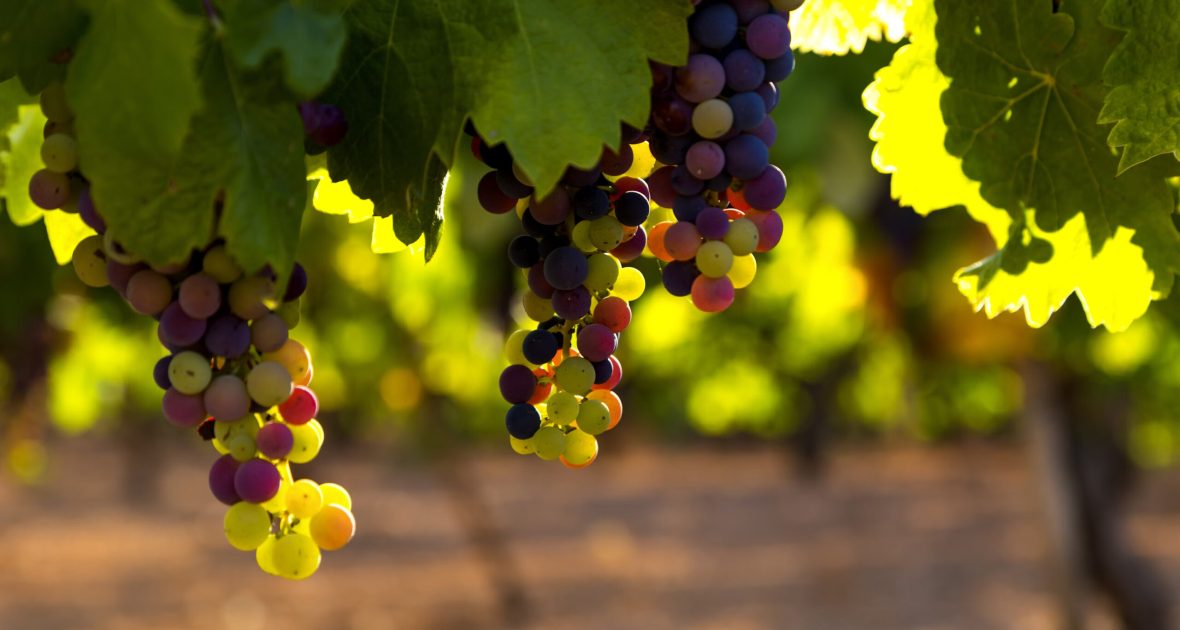
Kaleigh Swift
Kaleigh has been working with the France 44 events team since January 2023. She received her WSET 1-3 certifications through France 44. Kaleigh also works in communications at the University of Minnesota. In her free time, she enjoys playing and watching volleyball, spending time with her cats, and working on house projects. Kaleigh is an avid vermouth fan and never misses an opportunity to introduce someone to Spanish-style sweet vermouths!
The key to understanding Black people’s historical and modern relationship to wine–grape growing, winemaking, selling, and consumption–is to look at Black people’s relationship to this land, this society, and our ancestors.
We are well overdue for a confrontation of the harmful stereotypes around Black people’s “preferences” of sweeter wines and assumptions that we have no interest in more complex, robust, full bodied beverages as writer Kimberly Marie Ousley details in her 2017 article “Stop Telling Me to Drink Sweet Wine Just Because I’m a Woman of Color.”
We won’t get through the entirety of this conversation in this one blog post, but I hope to at least direct you towards some good sources, and of course some good wines! We’ll focus on some broad topics that will help to sketch a more nuanced picture of how we got to today, where less than 1% of the US’s more than 11,000 wineries are Black-owned, and it’s commonly assumed that Black people have had no place in winemaking history.
The intentional fermentation of grape juice into an alcoholic beverage is thought to date back to the early neolithic era with earliest evidence dating back to 6000 BCE from the Gadachrili Gora settlement in Georgia. (Did you make it to our Ancient wines pop up? So cool!) By 2700 BCE, a winemaking industry was well established in ancient Egypt, a civilization that was also actively trading with others in the Mediterranean, North Africa, West Africa, Sub-Saharan Africa, and the Near East.
The wine industry in Egypt was likely brought by experts from the Levant. And while grapes and wine didn’t feature prominently in Africa until the time of the Egyptian dynasties, the fermentation of fruit and grain juices was far from uncommon across the entire continent of Africa (and across the whole world).
Early alcoholic beverages were likely early forms of mead, as honey was a product cultivated as early as 40,000 years ago. Palm wine, a popular beverage made from the sap of certain types of palm trees in west Africa, has also long been important to cultural and social traditions.
In the “modern era” (meaning settler colonialism onward), wine’s importance to Western European culture and ritual necessitated its export to the places they colonized.
And undoubtedly, where grapes were grown and wine was produced in the new world, slave labor was being used to do so, though written documentation is scarce. The estate of Thomas Jefferson confirmed that enslaved laborers were in fact responsible for cultivating the 193 acres Jefferson had designated for producing wine grapes. The earliest written record of a Black person making wine comes in 1888 when in Orra Langhorne’s book Southern Sketches of Virginia, she recounts a visit to the Charlottesville, VA estate of Robert Scott, a Black man, where she enjoyed, “…an excellent glass of wine made from his own grapes.”
Much of Black people’s historical relationship to wine remains obscure, though anecdotally many families’ histories speak of their ancestors making “jug wine” for consumption by their own families or communities. Sound familiar? This is how much of the wine of the world is produced–locally and at small scales. This method of production undoubtedly made wine more accessible and cost effective for Black people.
However, over the course of the 20th century, Black land theft likely made any small production that was in existence virtually impossible. The longstanding socio-economic disparities caused by systemic racism, particularly around access to land ownership and capital, has played an outsized role in the lack of diversity in the industry.
Less obscure is Black peoples’ historical relationship to liquor production, including famous brands such as Jack Daniels. The crops used to produce many types of liquor were more readily available and actively grown in the US for food–unlike grapes–leading to continuous production of liquors even during prohibition.
We got the first Black-owned winery in 1940 in Clarksville, VA, where John June Lewis Sr. opened a small commercial winery that successfully produced a dry red wine and a dessert wine made from dried (raisin) grapes. In the decades leading up to the 21st century we have a small handful of trailblazing Black wine professionals making splashes in the industry, such as Deneen, David and Coral Brown of Brown Estates in Napa, Mac McDonald of Vision Cellars in sonoma, and Iris Rideau of Rideau Vineyards outside of Solvang. These wineries still exist today! In recent years, the presence of Black viticulturists, winemakers with vineyards and estates, and even négociants is actively increasing and becoming more reflective of consumers.
The conversation continues in part 2 HERE!
We’re highlighting some of the work of fantastic producers this Black History Month. You can learn more about and purchase some select products below!

In Sheep's Clothing Cabernet
Black cherry and dark brooding blackberry balanced by bright lifted notes, this 100% Cabernet Sauvignon is sourced from both Wahluke Slope and Red Mountain in Washington state. The opulence of fruit is dominant, balanced by smooth tannins and a long finish.

O.P.P. Pinot Noir
An accessible, great value wine that stays true to the character of the vineyards from which it was born. Earthy, spicy, floral, herb-framed flavors of cherry with gingery wood spice tones.

Horseshoes & Hand Grenades
A fruit-driven, full-bodied, complex red blend sourced from Southern Oregon and Washington State. The rich, ripe, voluptuous fruit comes from the Syrah out of the Rogue Valley in southwestern Oregon, with just enough Washington Cabernet Sauvignon and Merlot to give it complexity and structure. Barrel aged for 10 months.

McBride Sisters Red Blend
A hint of toasty mocha carries the robust plum and cherry aromas through to the lush, full palate. Soft, round and full of jammy fruit, this wine finishes with an elegant touch of fine-grained tannins.

McBride Sisters Sauvignon Blanc
Generous tropical fruits pair with white flowers and citrus on the nose. Ripe peach and mango aromas play with more exotic fruits like passion fruit and Fuji apple. In the mouth, key lime flavors hang on a medium full body, which contrasts beautifully with the firm acidity and mineral tone on the finish.
